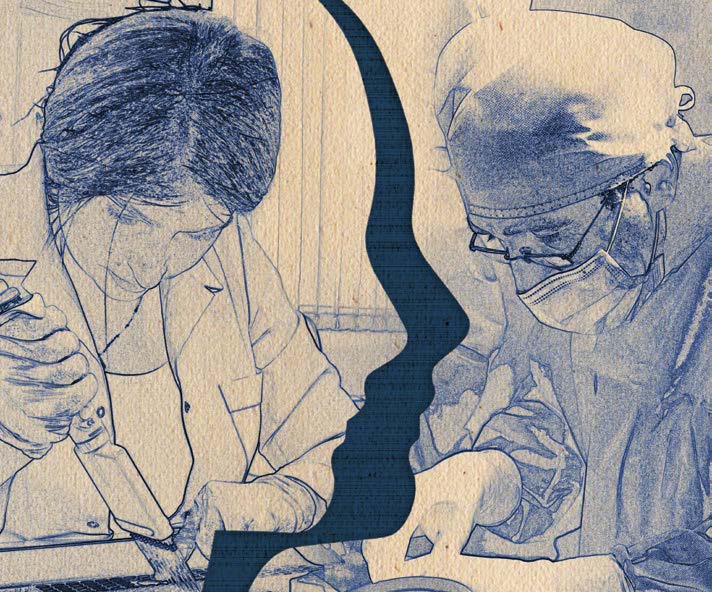Methodology and Effectiveness of Cervical Cancer Screening in World Practice
Vahe Ter-Minasyan
Avdalbekyan National Institute of Health, MoH RA, Yerevan, Armenia
ABSTRACT
In this paper, we have undertaken a generalized presentation of data on the epidemiological aspects of cervical cancer (CC), modern approaches to the methodology of screening for CC, as well as the results of an analysis of the clinical and economic effectiveness of various screening strategies available in the English, Armenian and Russian literature available to us. A total of 118 sources were analyzed, about 95% of which were published in the last 10 years. The selection was made according to the principle of compliance of the subjects of the conducted research with modern ideas about these aspects of cervical cancer. The studied data included reports and recommendations from WHO, health authorities of individual countries (in particular, the RA), the results of clinical and economic studies of individual authors, as well as systematic reviews of the literature – the results of studying the effectiveness of individual screening methods and their combinations. Of particular note are data published by WHO and the US Prevention Services Special Task Forces, as well as authors of European multicenter studies comparing the clinical and cost-effectiveness of different screening strategies in countries with different income levels. As is known, the arsenal of cervical cancer screening methods, previously represented mainly by cytological examination and its modifications, has been replenished in recent years with various innovative methods, which contributes to an increase in the clinical and economic efficiency of screening strategies that include them. Gradually displacing cytological examination (due to the relatively its low sensitivity) HPV test is also not considered absolutely acceptable (depending on a number of circumstances) due to its high cost. When examining the results of colposcopy in heterogeneous (in terms of access to health care, cost-effectiveness, etc.) regions, it was shown that the inclusion of colposcopy in the screening program contributes to the proper standardization of the protocol for the effective triage of HPV-positive women. However, the training and experience of colposcopists, the number of biopsies collected, and the specific location of collection of endocervical specimens (TZ2 or TZ3) and ectocervix biopsies are or are factors that significantly affect the clinical and cost-effectiveness of screening programs. The data published in recent years on the use of artificial intelligence to qualify the results of colposcopy unambiguously indicate the validity of this option as a factor contributing to an increase in the clinical and economic efficiency of cervical cancer screening. Comparison of the above data with the results of the analysis of the screening conducted in 2015-2021 in Armenia allows us to conclude that it is necessary to develop and implement an optimal clinical and cost-effective algorithm for screening diagnostics and treatment of precancerous conditions of the cervix and the detection of cervical cancer in the early curable stages of its development for RA. The introduction of innovative technologies in the strategy of screening diagnostics of cervical cancer will, in our opinion, be one of the most important milestones on the way to improving the management efficiency of this contingent of patients.
Keywords: cervical cancer, screening, clinical-economic effectiveness

